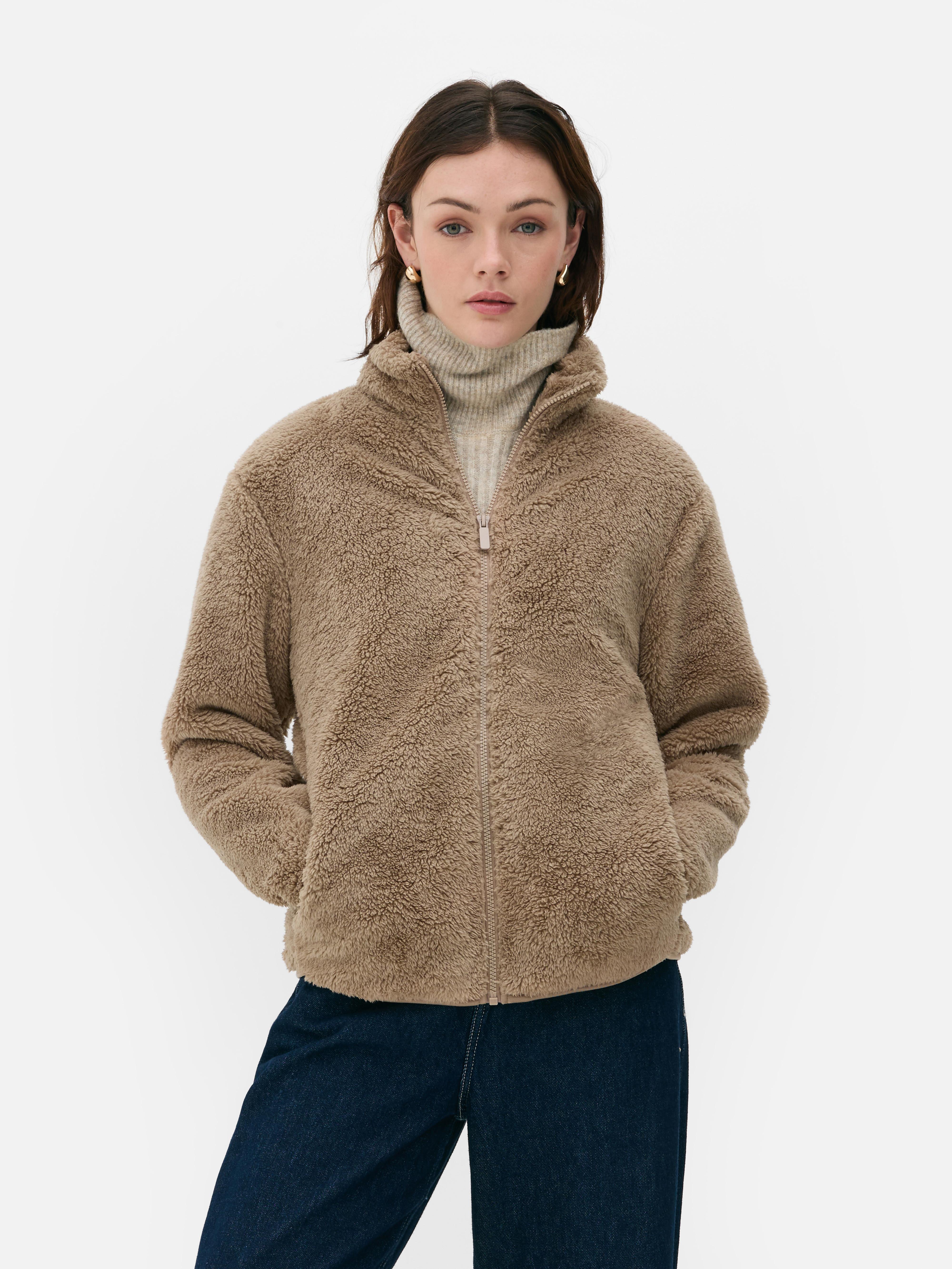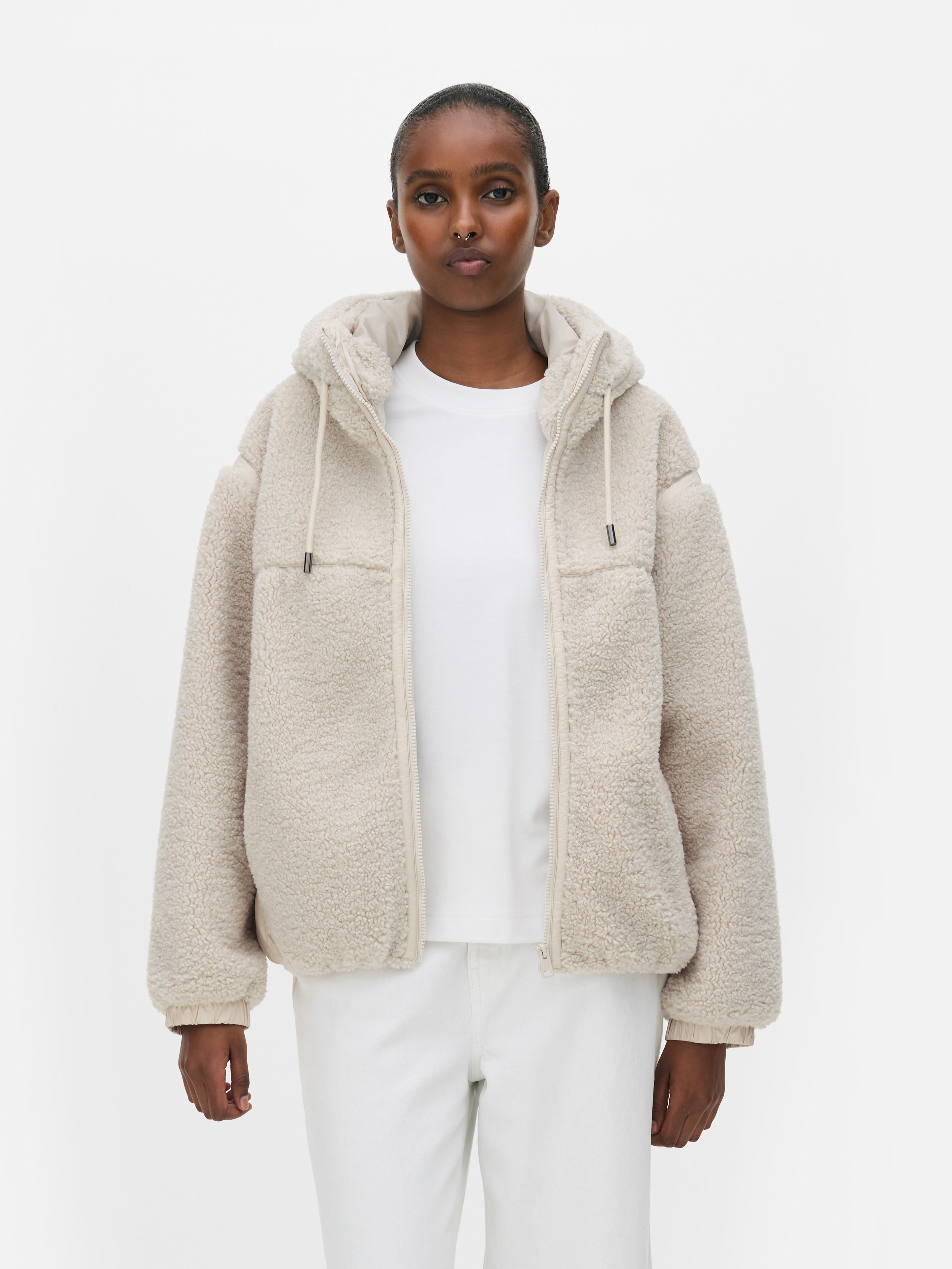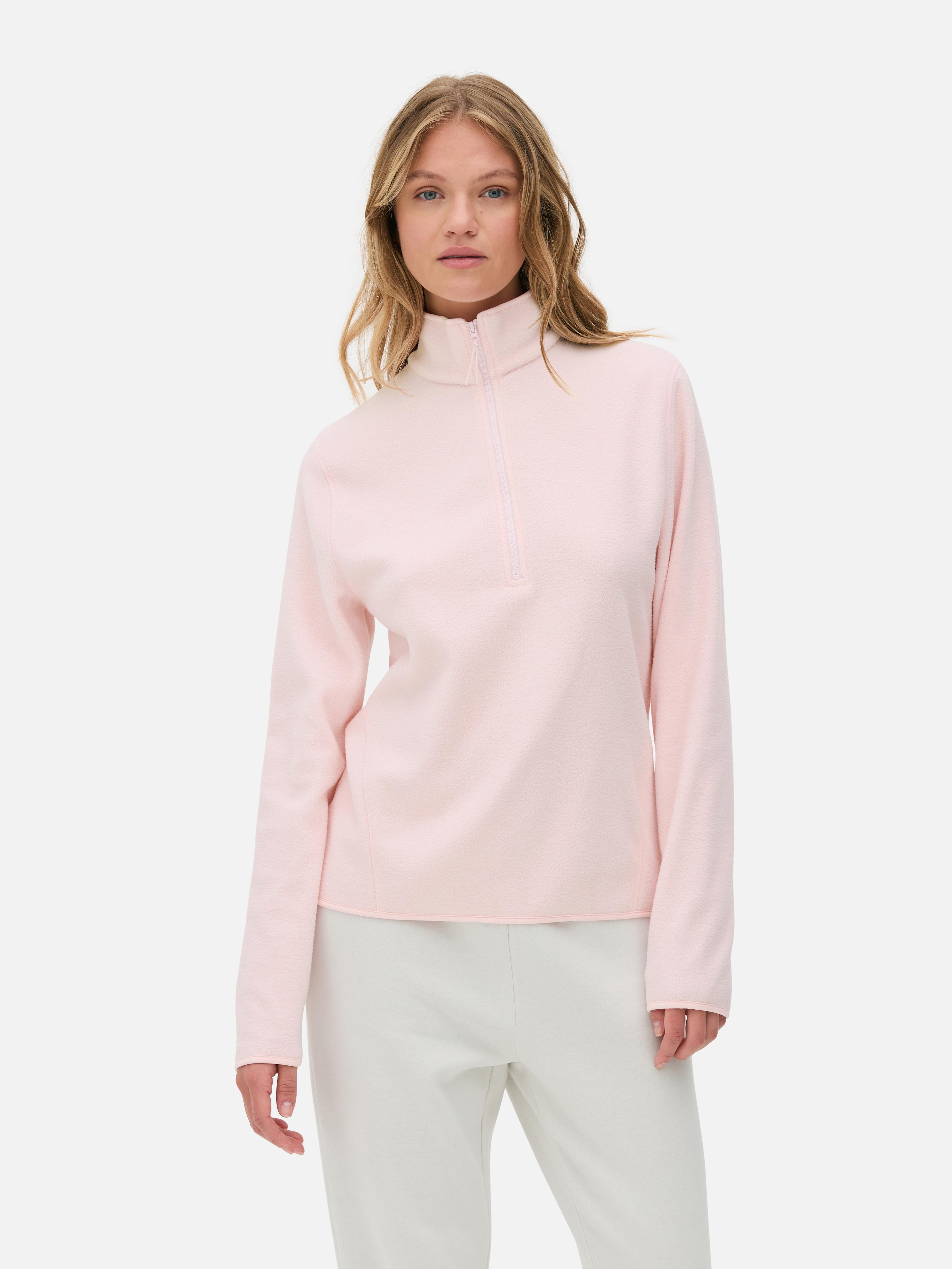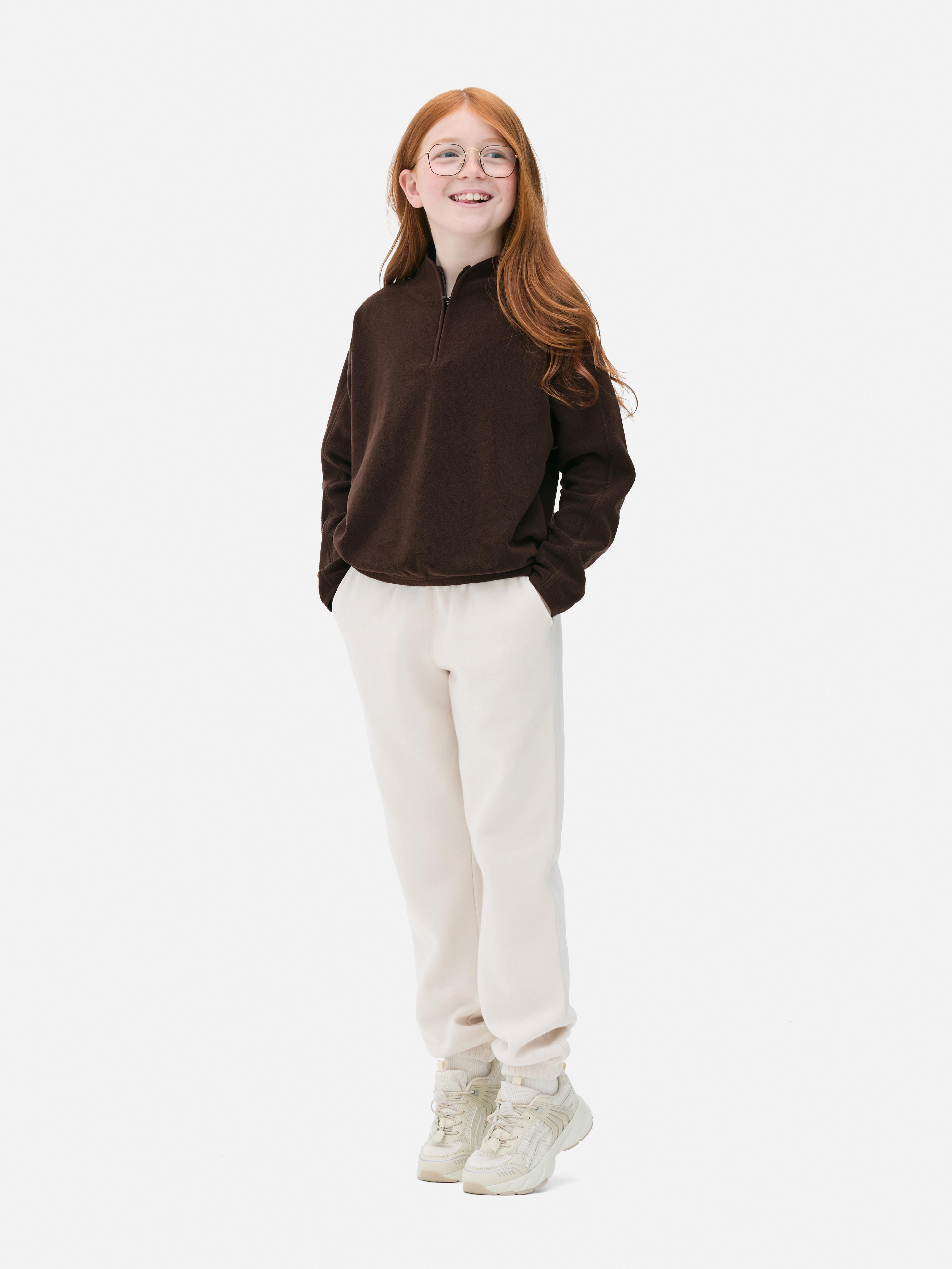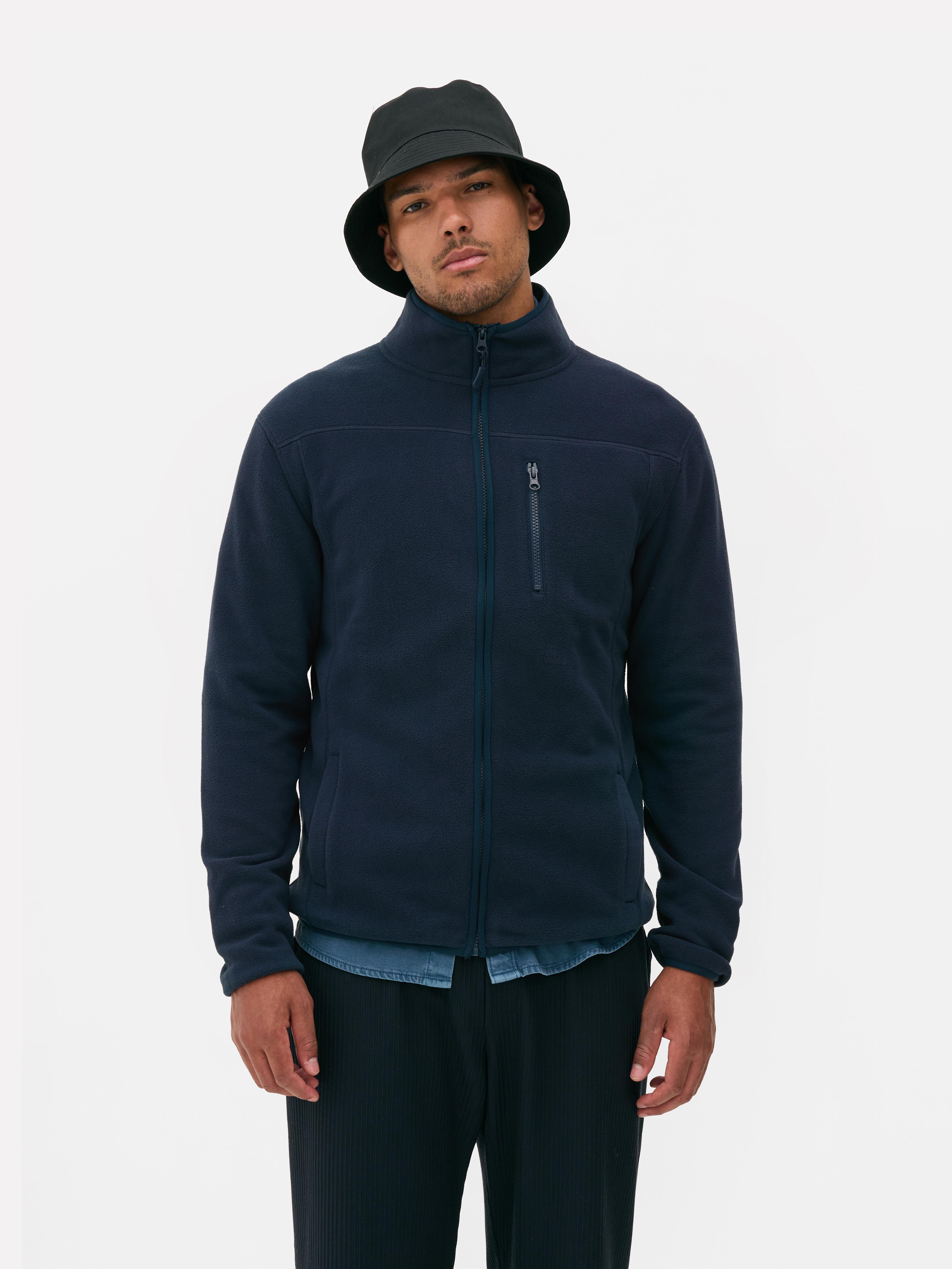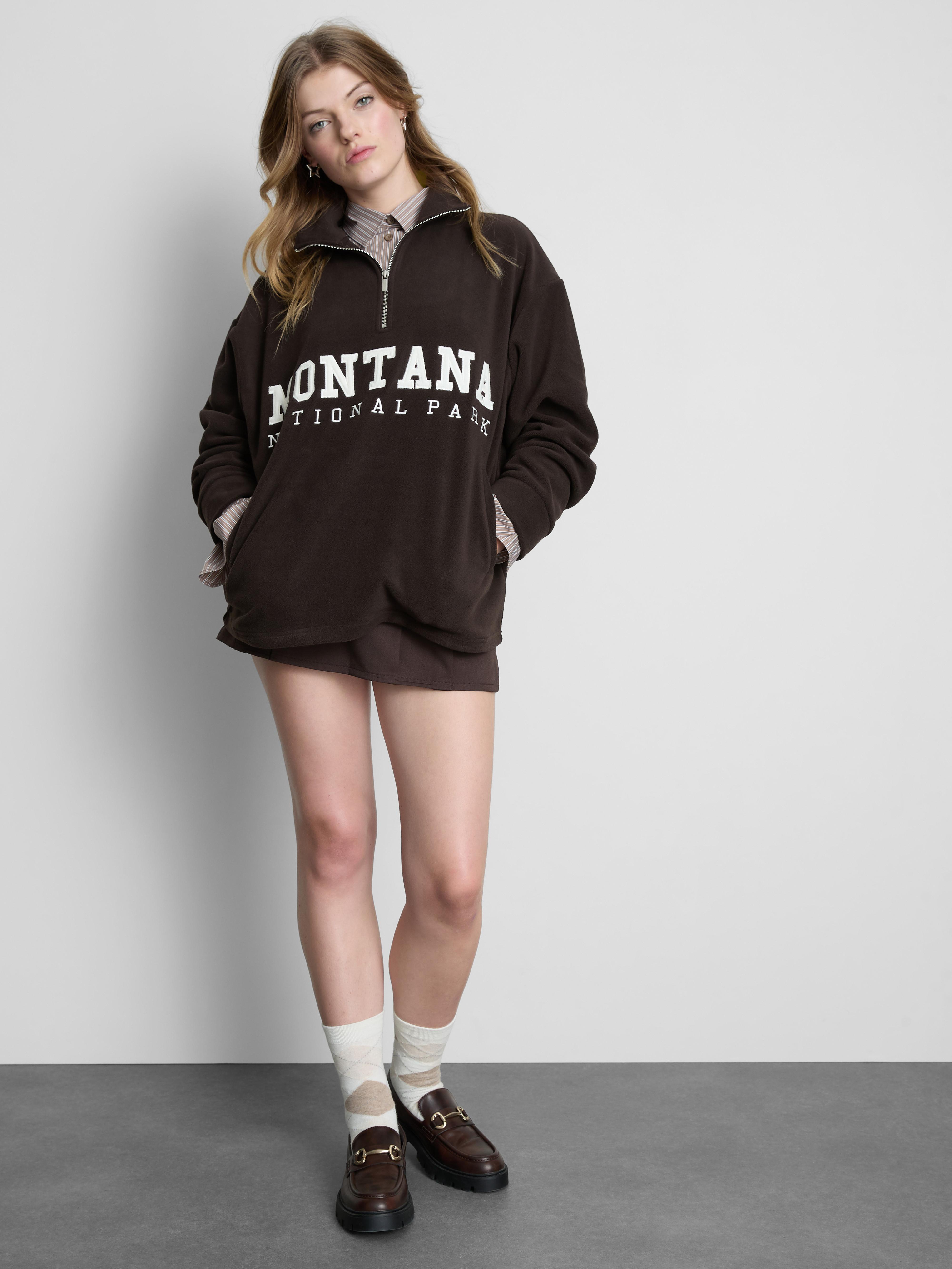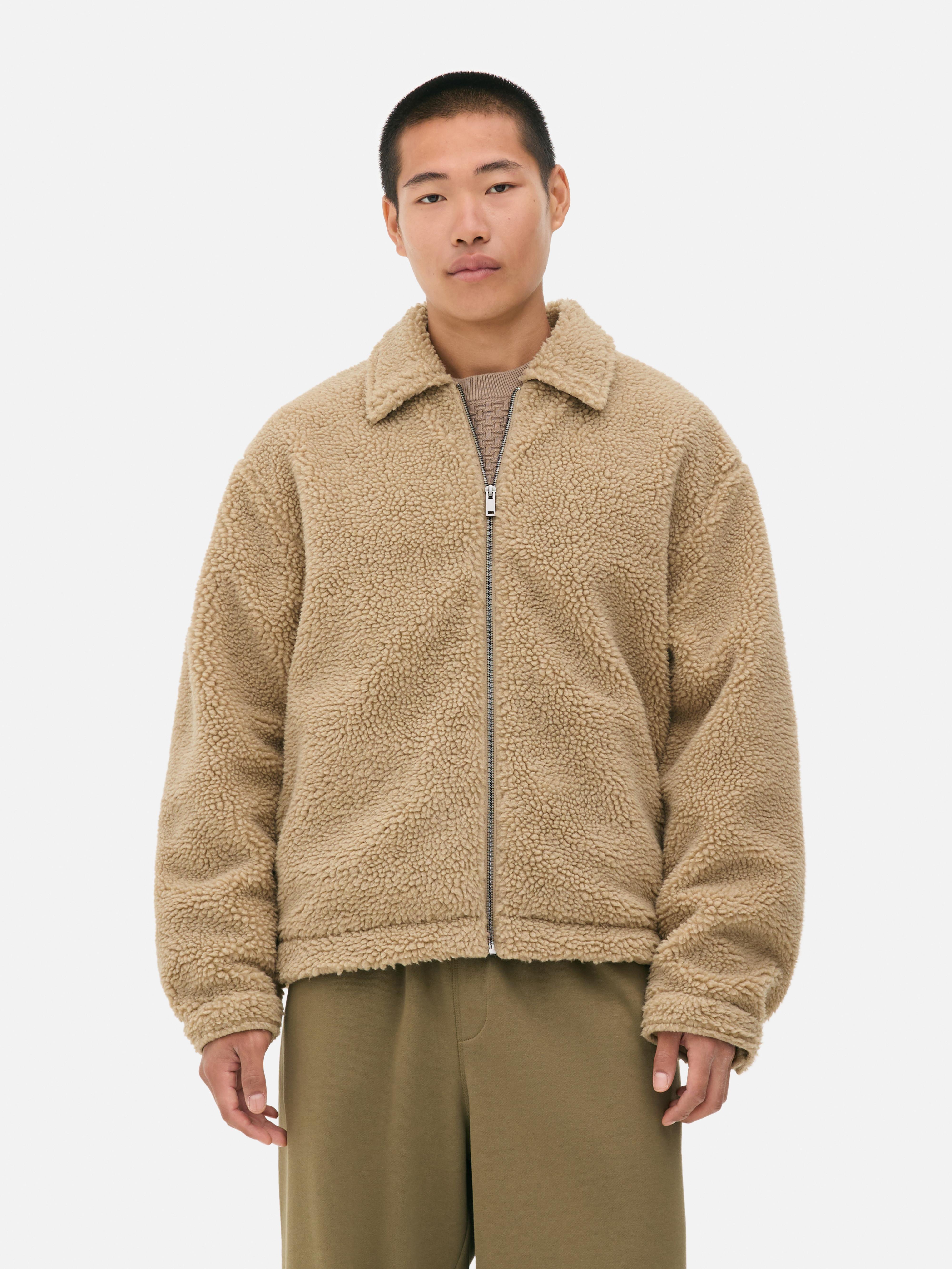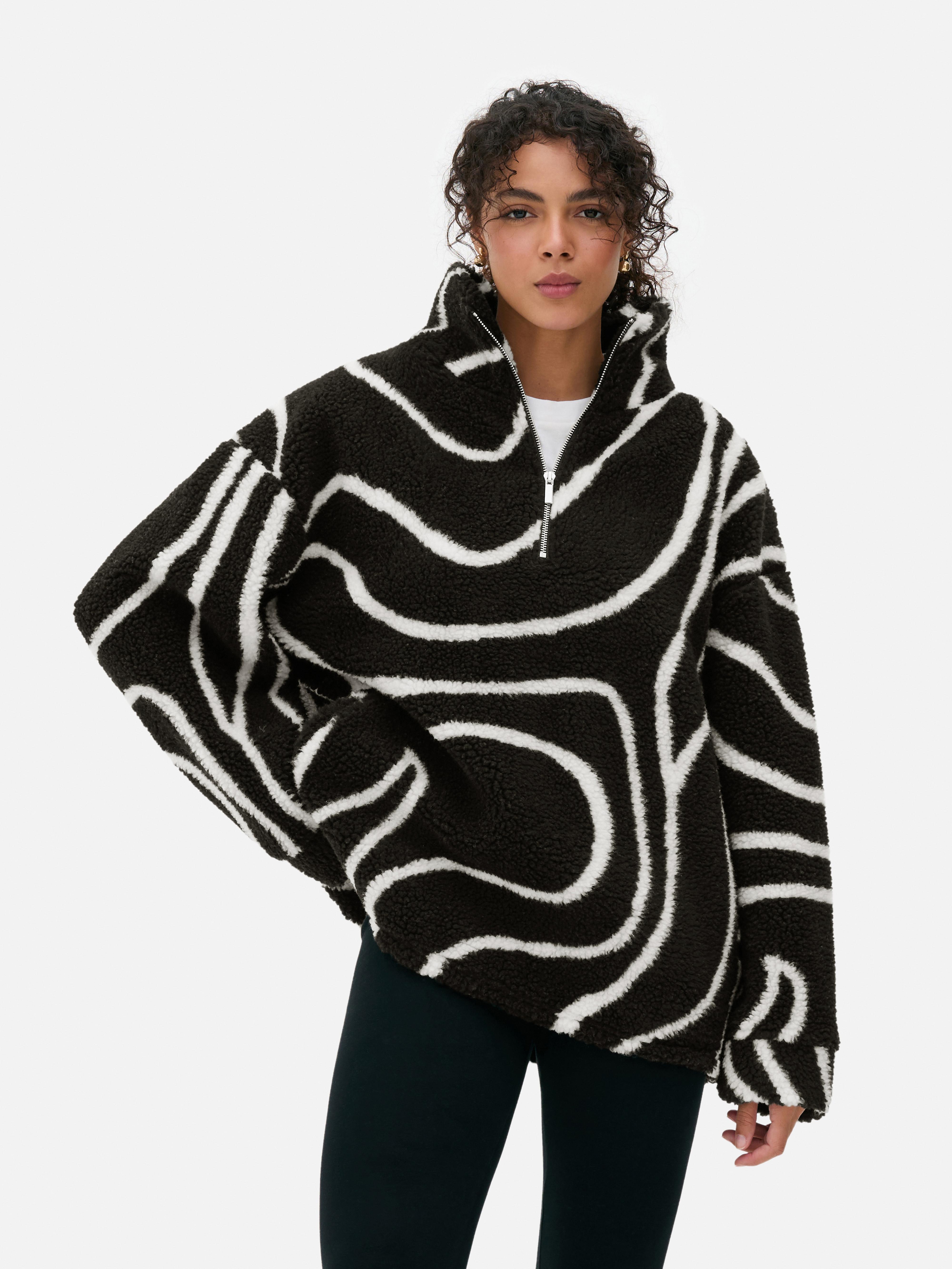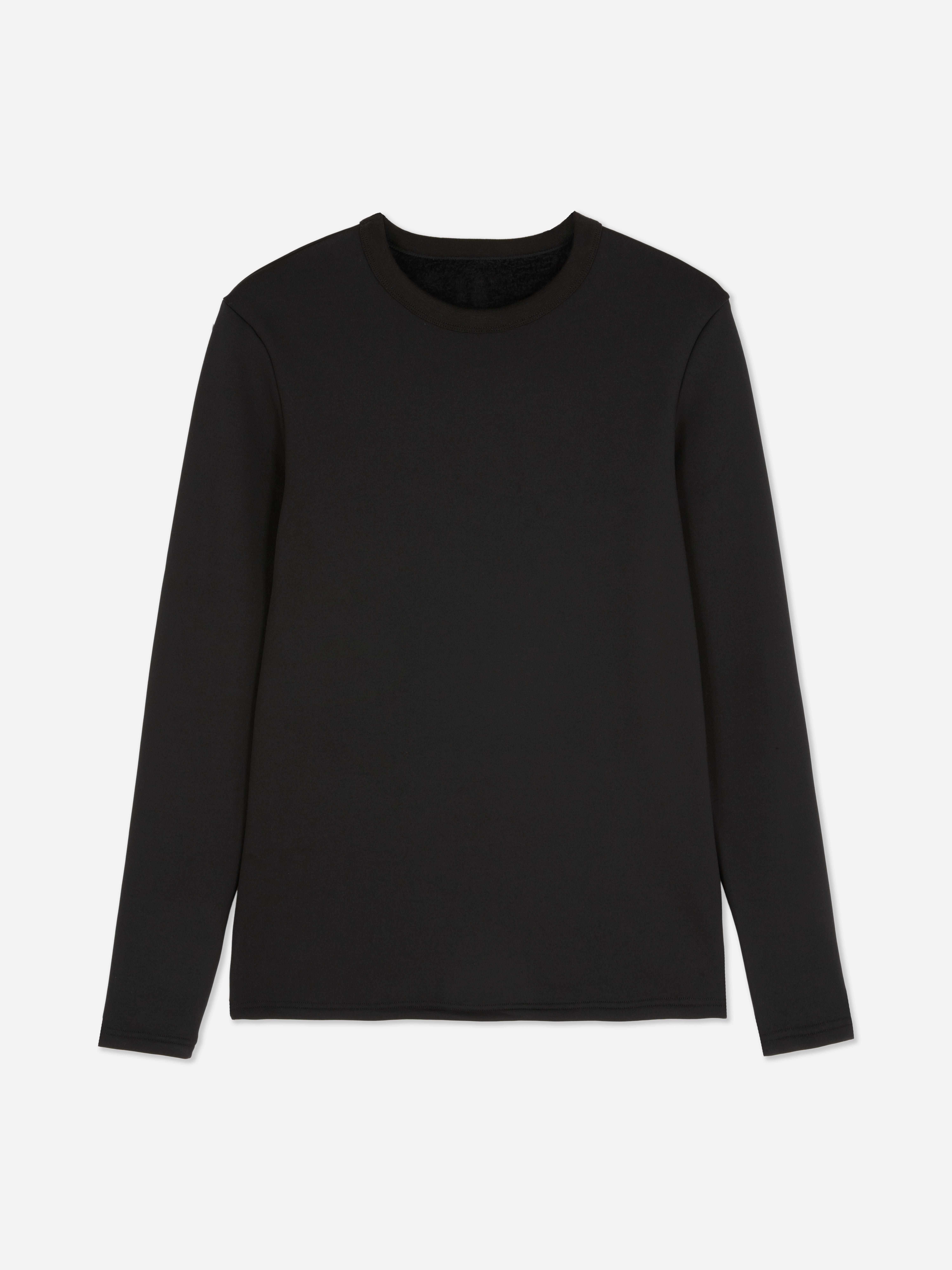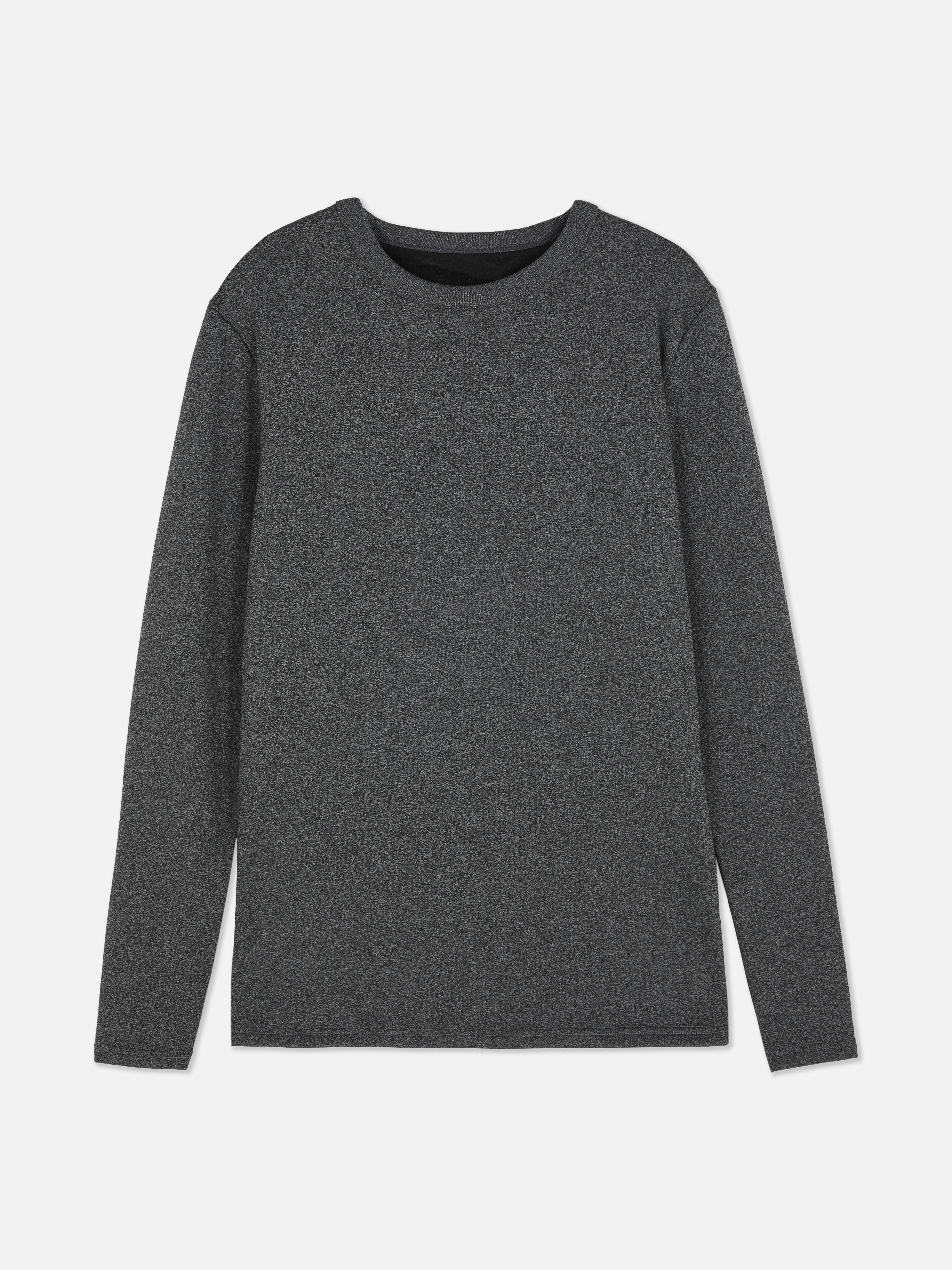How to choose the best fleece
Read our guide on how to find the best fleece with our new-in options.
Jackets, coats and accessories may be the top-tier winter must-haves, but the real unsung hero? A fleece. Once reserved for your outdoor wardrobe, this cosy staple has quickly become a practical, on-trend essential for all laid-back occasions. To help you find your perfect match, our guide breaks down the important factors you need to know before buying one, featuring our new-in, high-quality styles.
Shop our fleeces in-store or online via our Click & Collect service. Use our handy C&C store list to find your local Primark store.
What is fleece fabric made from?
Fleece fabric is typically made from synthetic fibres, most commonly polyester. These fibres are then knitted or woven before being brushed to generate a soft, fluffy texture, making it ideal to wear as a mid-layer on your everyday outfits. In-store and online via our Click & Collect service, we offer a variety of polyester fleeces to suit you and your style.
Warmth
- Polyester fleece traps air within its fibres, providing excellent insulation. The brushed surface creates pockets of warmth, making it ideal to wear as a mid-layer during chilly weather or outdoor activities.
Moisture management
- Polyester is naturally hydrophobic, meaning it repels moisture rather than absorbing it. Its breathable fabric will keep you dry during exercise or everyday wear.
Weight and packability
- Polyester fleece is lightweight and compressible, meaning you can pack it easily for travel or layer your outerwear on top without adding too much bulk.
Benefits:
Retains warmth without being overbearing
It’s quick-drying and easy to care for
Soft and comfortable on the skin
Best use:
Mid-layer: Under jackets in cold weather
Outer layer: In mild temperatures
Activewear: Hiking, running, skiing, or casual outdoor use
Everyday comfort: Cosy loungewear and casual wear
What is a mid-layer and what does it do?
A mid-layer is the insulating layer in your outdoor outfit, sitting between your base layer and outer jacket. Its job is to trap your body heat while letting moisture escape, so you stay cosy and dry no matter what you’re up to.
Its primary focus is to:
Keeps you warm: Their job is to trap and maintain heat effectively
Breathable comfort: Its fabric allows moisture to escape, keeping you dry and comfortable
Adds versatility: You can easily layer up or down depending on the weather. Wear it under a jacket in the cold, or on its own during milder days.
Fleece warmth
It’s no secret that the main reason people invest in a fleece is to keep warm. However, it’s important to choose one that suits your activity. During exercise, your body temperature rises, so a thick fleece might make you overheat. On the other hand, if you’re lounging or heading out on a cold day, a lightweight or microfleece might not be warm enough. In general, the weight of a fleece determines how much warmth it provides.
Fleece features to look for:
When choosing a fleece, it’s worth paying attention to design details that affect comfort and performance:
Zipper styles
Full-zip fleeces: Easy to take on and off, great for temperature regulation
Half-zip fleeces: Lighter and pack smaller, ideal for layering
Pockets
Look for zip-up hand or chest pockets for secure storage
Some technical fleeces include internal mesh pockets for keeping your storage safe
Hem and cuff adjustments
- Adjustable hems and elasticated cuffs help trap warmth and improve fit
Hooded vs non-hooded
Hooded fleeces add extra warmth for the head and neck
Non-hooded fleeces layer more easily under shell jackets or light outerwear
Fleece weight
Fleece weight refers to how thick and warm the fabric is. This is usually measured in grams per square meter (gsm). The higher the number, the warmer and heavier the fleece will feel
Here’s a quick breakdown:
Lightweight fleece (100–200 gsm): Ideal as a base or mid-layer
Midweight fleece (200–300 gsm): Offers more warmth while still being breathable
Heavyweight fleece (300+ gsm): Thick and super cosy. Designed to wear as a mid or outer layer
What are the different types and weights of fleece that we offer?
Microfleece
Description: Thin, soft, and lightweight
Best use: Layering, activewear and casual loungewear
Benefits: Breathable, quick-drying and close to the skin.
Midweight fleece
Description: Slightly thicker than microfleece for added insulation
Best use: Everyday wear, as a mid-layer or for outdoor activities
Benefits: It balances warmth with breathability, making it versatile for different occasions
Heavyweight fleece
Description: Made with thick plush fabric for maximum insulation
Best use: Cold-weather outerwear, winter activities, or cosy indoor lounging
Benefits: Super warm, ideal for layering or wearing alone in chilly conditions
Thermal fleece
Description: Designed with a textured or waffle knit to trap heat and improve insulation
Best use: As a base or mid-layer in cold weather
Benefits: Excellent heat retention, soft, and lightweight, often used for layering
For more information on our thermal range, read our Heat IQ article.
Fleece breathability
The breathability of a fleece can depend on the weight. Microfleeces are especially breathable because of their lightweight woven structure. Thicker fleeces, like borg zip-up jackets or overhead styles, still allow air flow but prioritise trapping warmth.
To improve moisture management:
Choose a microfleece for high-intensity activities like running or skiing
Combine your fleece with a moisture-wicking base layer for the best results
Is fleece waterproof?
No, fleece is not waterproof. However, thanks to polyester’s naturally water-resistant properties, it can handle light rain or moisture. Help keep yourself warm and dry by wearing a waterproof jacket in the unpredictable outdoor weather.
How should a fleece jacket fit?
A fleece jacket should strike a balance between warm and relaxed. The silhouette should have enough room to layer a T-shirt underneath, but not so much that the jacket loses its shape or lets cold air in. The jacket’s length should fall around the hips, covering your lower back when you move or bend.
How to care for your fleece
Before washing your fleece, it’s crucial to check the care label first, but here are the general tips:
Wash in cold or lukewarm water on a gentle machine cycle
Use a mild detergent. Avoid bleach and fabric softeners
Turn the fleece inside out to protect the surface and reduce pilling
Air dry if possible or tumble dry on a low heat
Remove any pills with a fabric shaver or fine comb
FAQs
Is fleece windproof?
No, fleece is not windproof. While it’s excellent at trapping warmth and insulating your body, standard fleece is made of porous fibres that let wind pass through, which can make you feel cold in blustery conditions.
Can a fleece be used as an outer layer?
Yes, a fleece can absolutely work as an outer layer, depending on the weather and your style. For a cosy, everyday option, an overhead or zip-up fleece jacket is a must, as it can be thrown on over a long-sleeve T-shirt or sweatshirt. For milder temperatures, a lightweight microfleece is the perfect choice, offering just enough warmth without feeling bulky.
Is a fleece suitable for people with sensitive skin?
Fleece can be suitable for people with sensitive skin, but it depends on the type and quality of the fabric. High-quality microfleece or brushed fleece is usually gentle and comfortable against the skin. However, it may cause irritation if you are prone to sensitivity. To prevent this, wear a thin layer underneath to stop the fabric from rubbing directly on your skin.
